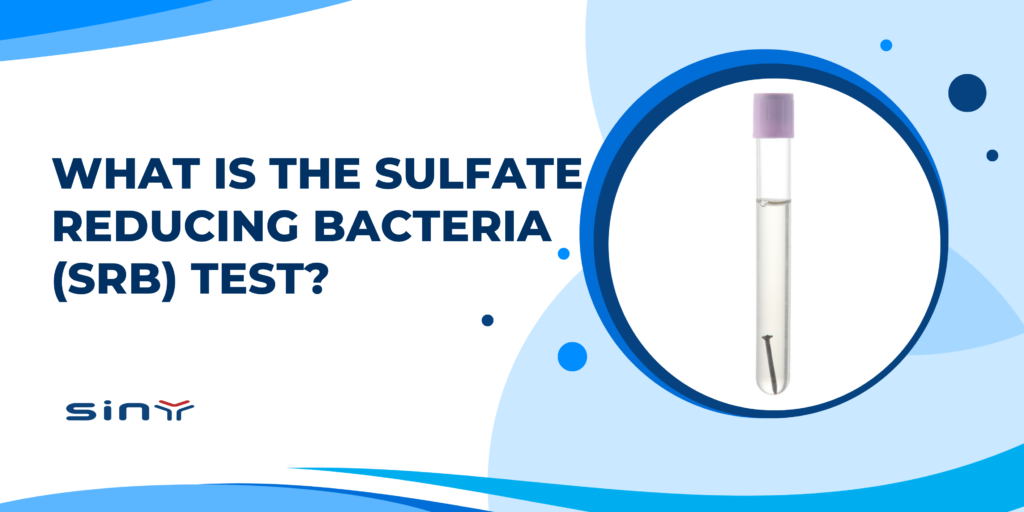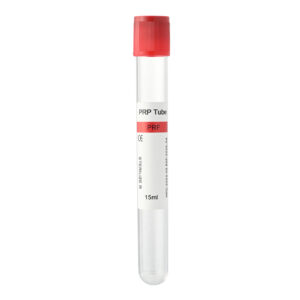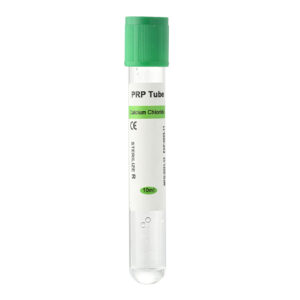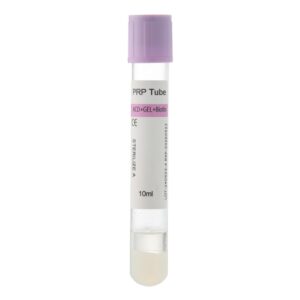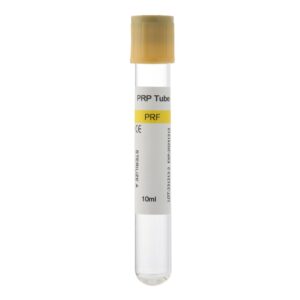What is the Sulfate Reducing Bacteria (SRB) Test? In industrial production and environmental protection, water safety is a critical issue that cannot be overlooked. Many metal facilities, pipelines, and storage tanks experience corrosion during long-term operation, and one of the major hidden contributors is Sulfate Reducing Bacteria (SRB).
These anaerobic microorganisms use sulfate in water as an electron acceptor and produce hydrogen sulfide (H₂S) during metabolism. Hydrogen sulfide not only emits a foul odor but also reacts with metals to accelerate corrosion. This type of damage, known as microbiologically influenced corrosion (MIC), is often more destructive than ordinary chemical corrosion.
Therefore, timely monitoring and control of SRB is essential in industrial water systems, oilfield injection water, environmental monitoring, and water treatment. The SRB Test is a simple yet effective method designed for this purpose.
What is SRB?
Bacteria are anaerobic microorganisms widely distributed in nature. They are commonly found in groundwater, sediments, swamps, sludge, and oxygen-deficient aquatic environments. In industrial systems such as oil pipelines, cooling towers, circulating water, and storage tanks, SRB are frequently detected as well.
Unlike common aerobic bacteria that rely on oxygen, SRB use sulfate (SO₄²⁻) as an electron acceptor and reduce it to hydrogen sulfide (H₂S) through their metabolic process. This mechanism ensures their survival but also causes serious environmental and engineering problems.
- Role in Nature: SRB plays an important role in the global sulfur cycle. They help transform sulfate into sulfide, maintaining the balance of sulfur in the environment. This process is essential for wetlands, marine sediments, and underground ecosystems, and contributes to the stability of anaerobic ecological systems.
- Hazards in Industrial Systems: While SRB have ecological value in natural cycles, they often create significant problems in human industrial environments. The hydrogen sulfide (H₂S) produced not only smells like rotten eggs but also reacts with metal surfaces to form black iron sulfide deposits, accelerating corrosion of pipelines and tanks.
Moreover, SRB frequently form biofilms on equipment surfaces. These biofilms protect bacterial communities, making them resistant to traditional cleaning and disinfection methods, which further accelerates MIC. Over time, SRB-related corrosion can cause enormous economic losses and safety risks.
In short, SRB act as “participants” in ecological balance in nature but become “invisible threats” to industrial production and equipment longevity.
Principle of the SRB Test
The SRB Test works by observing the metabolic products of SRB reacting with the culture medium.
- Metabolic process: SRB reduce sulfate to hydrogen sulfide (H₂S) under anaerobic conditions.
- Color reaction: H₂S reacts with iron salts in the medium to form black iron sulfide precipitates, causing the liquid to turn from pale yellow to black.
- Result interpretation: Blackening or precipitation indicates the presence of SRB. The reaction time and dilution level provide insights into SRB concentration and potential corrosion risk.
This method is straightforward and widely used in oilfields, water quality laboratories, and industrial enterprises because it can be quickly mastered even by non-specialists.
Steps of the SRB Test
- Sample Collection: Collect representative water samples using sterile containers to avoid contamination. For soil or solid samples, prepare a leachate first. For turbid samples, filtration with a 0.45 μm membrane may be used to remove particles that do not affect detection.
- Tube Preparation: Take the SRB test tubes from the package and check whether the culture medium remains pale yellow without mold or abnormal changes. If necessary, sterilize the tube opening with a flame.
- Inoculation and Serial Dilution
- Sequentially dilute the sample into the tubes, typically using 10 tubes for dilution up to 10⁻¹⁰.
- Use sterile syringes for each transfer, and shake the tubes vigorously for 1–2 minutes to ensure uniform mixing.
- Parallel tests (duplicate or triplicate sets) are recommended to improve reliability.
- Incubation Conditions: Place the inoculated tubes in an incubator at 28±2℃ under dark conditions. Culture for 5–7 days; if necessary, extend to 10 days to observe slow-growing SRB.
- Observation and Recording: Check daily and record results:
- Positive: Medium turns black or produces black precipitate, indicating SRB presence. The higher the dilution, the more positive, the higher the SRB concentration.
- Negative: Medium remains pale yellow and clear, indicating no SRB were detected under the test conditions.
Applications of the SRB Test
The SRB Test has broad applications in different fields:
- Oilfield Water Monitoring: Prevents corrosion of wells, pipelines, and storage tanks, ensuring safe oilfield operations.
- Industrial Water Treatment: Detects SRB in circulating cooling water, boiler water, and process water to avoid equipment corrosion and reduce maintenance costs.
- Environmental Monitoring: Used to assess groundwater and surface water quality and evaluate pollution levels.
- Soil and Sediment Analysis: Detects SRB in soil leachates, providing insight into potential threats to groundwater systems and ecosystems.
Precautions
To ensure scientific and safe testing, pay attention to the following:
- Maintain sterility: Prevent external microbial contamination.
- Shake thoroughly: Each dilution step must be shaken for 1–2 minutes for accurate results.
- Do not open tube stoppers: Tubes are vacuum-sealed for anaerobic conditions; opening them disrupts the test.
- Identify normal precipitates: White precipitates may appear due to excess nutrients and do not affect results.
- Safety measures: Culture media may contain chemical reagents. Avoid skin contact or ingestion. In case of accidental contact, wash with water immediately and seek medical attention.
SRB Testing Products from Siny PRP
Our Sulfate Reducing Bacteria Test Tube is another excellent option for SRB testing. The test tube contains a selective medium that allows for the growth of SRB, and the results can be easily interpreted based on the production of hydrogen sulfide. The test tube is cost-effective and suitable for use in both laboratory and field settings.
If you want to know more about the product, please feel free to contact us or visit our official website: Sinymedical.com
FAQs
Q1: How long does the SRB test take?
Typically, results are available within 5–7 days, but incubation may extend to 10 days for slow-growing bacteria.
Q2: Does a positive (blackening) result always mean severe contamination?
Not necessarily. It indicates the presence of SRB, but severity depends on dilution levels and site conditions. A rapid color change usually suggests high SRB concentration and higher corrosion risk.
Q3: What types of samples are suitable for SRB testing?
Drinking water, groundwater, industrial circulating water, cooling tower water, oilfield water, and soil leachates can all be tested.
Q4: How should SRB test tubes be stored?
Store at 4–25℃ in a dry, dark place. Unopened tubes are valid for 2 years; once opened, use within 2 weeks.
Summary
The Sulfate Reducing Bacteria Test is a practical and reliable tool for water quality and environmental monitoring. By observing simple color changes in the medium, SRB presence can be detected quickly, helping prevent corrosion and water quality deterioration.
In oilfield development, industrial production, and environmental protection, SRB can pose serious risks. Regular SRB testing allows managers to take timely measures, reduce risks, extend equipment lifespan, and ensure both operational and environmental safety.

